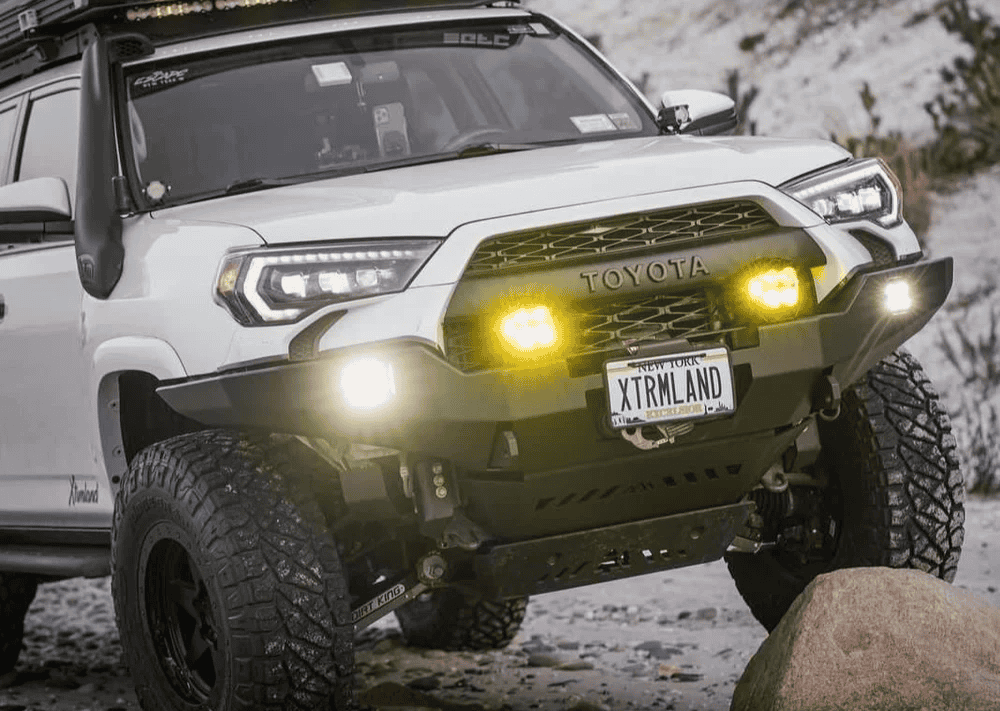Overland Vehicles

Balanced weight distribution is about where mass lives, not just how much you carry. Place heavy items low and close to the center to reduce weight transfer, improve tire grip, and cut body roll. Keeping axle loads appropriate for the chassis preserves braking balance and steering response. When each tire carries its fair share, the contact patches stay planted over bumps, crosswind, and abrupt lane changes. The result is a calmer rig that turns, stops, and tracks with confidence.
Lowering the center of gravity is the fastest path to stability. Batteries, water tanks, recovery gear, and tool storage perform best when mounted near the floor and near the middle. Aim for even side to side loading and a reasonable front to rear split that matches the vehicle design. Many vans and trucks prefer a slight front bias for steering precision, while trailers need correct tongue weight to prevent sway. Verify axle ratings so you do not exceed tire and brake capacity.
Roof real estate is tempting for solar and cargo, but every pound aloft increases body roll. Keep roof weight modest and symmetrical, and avoid clustering heavy gear on one corner. Long rear overhang multiplies weight on bumps, so resist the urge to hang dense spares or jerry cans far behind the axle. If you must, balance with forward low mass to protect handling and ride.
Guesswork leads to surprises on the road. Use individual corner scales or a certified scale that allows left and right readings to confirm distribution. Strive for even side to side numbers and a sensible cross weight so the vehicle turns consistently in both directions. If one corner is heavy, shift cargo or relocate fixed components before chasing suspension band aids.
Start with a load map. List every fixed component and typical trip cargo, then assign an estimated weight and proposed location. Place dense items first, then fill gaps with lighter gear. Build with serviceability in mind so you can access fuses, valves, and spares without unpacking the cabin. Leave margin for trips that add seasonal equipment or extra water so you stay within axle and tire limits.
Do a shakedown with a representative load. Drive mixed routes, including winding roads, steep grades, and rough surfaces. Note steering feel, brake bite, and how quickly the body settles after bumps. Adjust cargo locations and tire pressures, then re test. Small moves can deliver outsized gains in calmness and control.
Suspension should support the weight you actually carry, not the label on a parts box. Spring rates must hold ride height and maintain travel, while damping controls motion without harshness. Anti roll devices can trim lean, but they should not mask a top heavy layout. Tires must meet or exceed axle loads, and pressures should be set with scale data, not only door placard values.
Choose springs that ride within their sweet spot under full gear, preserving bump and droop travel. Quality shocks with appropriate valving manage repeated hits and resist fade on mountain descents. If the rig porpoises, add rebound control. If it chatters over chop, soften compression or reduce unsprung weight where possible.
Match tire load index to real axle numbers and keep a safety margin. Use an inflation chart when available and fine tune pressures after weighing the vehicle. Too little air overheats the carcass, while too much shrinks the contact patch and lengthens braking. Monitor temperatures during long highway pulls and adjust at the next stop if needed.
Any major change, like a new rear storage system or a larger water supply, calls for another weigh session. Revisit side to side balance first, then confirm front to rear axle loads. If relocation is not possible, consider helper springs or adjustable air support to restore trim. Treat balance as a living setup rather than a one time chore.
Thoughtful distribution pays off with shorter stopping distances, steadier crosswind manners, and less fatigue behind the wheel. If you want expert guidance on transforming that plan into a real world build, our team outfits adventure vehicles with measured layouts and tested road manners. Explore our overland rigs to see how balanced design flows from floor to roof. For tailored upgrades that match your payload and travel style, visit custom overland upfit. Curious about our approach and client experience from design through handoff? Learn more at Why choose OZK.
We design and build in a hands on environment that prioritizes real road testing, clear communication, and a smooth pickup experience. Tell us how you travel and what you carry, and we will craft a balanced layout, tune suspension and tires to suit, and deliver a rig that feels settled from day one.
Ready for a rig that tracks straight, brakes hard, and stays composed with full gear aboard? Share your goals and let OZK map a balanced layout, spec matched suspension, and a tested handoff so your build feels dialed from mile one.
ADDRESS:
6159 E Huntsville Rd, Fayetteville, AR 72701
PHONE:
(479) 326-9200
EMAIL:
info@ozkvans.com